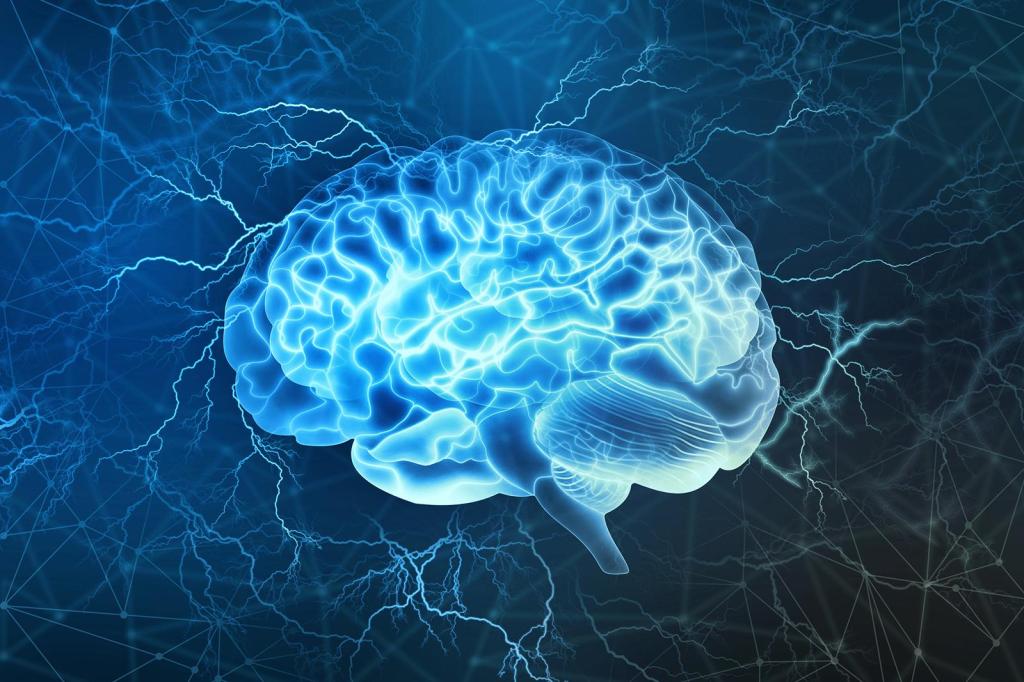

By Michelle Marchante, Miami Herald
Elon Musk wants to merge humans with AI. And his goal of achieving “symbiosis” with artificial intelligence starts with a brain chip.
Neuralink, a company Musk co-founded, is testing linking brains to computers and has recently recruited the University of Miami’s Miller School of Medicine for help.
Clinical trials are underway for Telepathy, a Neuralink brain chip that could give people who are paralyzed the ability to use the mind to wirelessly control computers, smartphones and other electronic devices. Miami is the second site in the U.S. selected to test the safety and effectiveness of the experimental device, which has already shown promise.
“It’s like using the Force” on a computer cursor, according to Noland Arbaugh, referencing the Star Wars energy field. Arbaugh is a quadriplegic and the first person to get the Neuralink brain chip implant in January 2024 at the Barrow Neurological Institute in Phoenix.
Arbaugh and another trial participant have used the mind to control a computer mouse, play online chess and video games since getting the implant, according to the company. Earlier in January, Musk announced a third person had received the implant.
So, how does the tech work?
Here’s a look at the process:
Who can use the Neuralink brain chip?
The Neuralink brain chip is being tested on volunteers 22 to 75 years old who have limited or no ability to use both hands as part of an FDA-approved clinical trial. Paralysis must be from a cervical spinal cord injury, or ALS, a rare disease that causes nerve cells to stop working and muscles to become weak, leading to paralysis.
The selected people will undergo surgery for the brain chip implant. Some of the surgeries could be in Miami.
A team of neurosurgeons, neuroscientists and biomedical engineers from The Miami Project to Cure Paralysis and neurological surgery department at UM’s medical school were recently selected to assist Neuralink scientists with the implant procedures.
Once the patient recovers from surgery, the device, commonly referred to as “The Link,” will be activated and they’ll undergo training to set up the device and learn how to use it.
Where does the implant go?
During the three- to four-hour operation, surgeons will implant the wireless, rechargeable coin-size brain chip in the part of the brain that handles thoughts and body movement. A Neuralink surgical robot with a needle that’s thinner than a human hair will be used to implant more than 60 flexible ultra-thin “threads.” These threads are so fine that they can’t be inserted by human hand, according to Neuralink.
How does the Neuralink tech work?
The device records electrical signals sent between brain cells and wirelessly transmits it to Neuralink’s software, which will be running on a computer or another device. The software will then decode and translate the neural data into actions, such as moving a cursor or a chess piece on a computer screen, playing video games, even using design software.
“Essentially, what the implant does is it connects a person’s thoughts to a digital device,” Dr. Allan Levi, the clinical director of The Miami Project to Cure Paralysis at UM’s medical school and one of the trial’s co-investigators, told the Miami Herald in a phone interview.
What happens after surgery?
Once patients recover from surgery, the device is activated and training begins.
The set-up process is similar to ones used for face recognition, accessibility controls and other features on a phone or computer.
It’s essentially “training your brain to think about things that are presented to you so that the chip can interpret” what movement you want to do, said Levi, the UM neurosurgeon.
For Arbaugh, it required thinking about what action he wanted to do.
“We basically went from what we call — kind of differentiating from imagined movement versus attempted movement — so a lot of what we started out was attempting to move say my right hand left, right, forward, back and from there it just came intuitive for me to start imagining the cursor moving,” Arbaugh said in a video Neuralink posted on X in March.
What is the clinical trial testing?
The clinical trial is testing the safety and effectiveness of the brain chip and the surgical robot used to implant the device in people with tetraparesis, weakness in arms and legs, or tetraplegia, complete paralysis in arms and legs.
To learn more about the trial and eligibility requirements, visit clinicaltrials.gov/study/NCT06429735.
Those interested in learning whether they may qualify for the “Precise Robotically IMplanted Brain-Computer InterfacE,” or PRIME, trial can sign up through Neuralink’s United States Patient Registry.
©2025 Miami Herald. Visit at miamiherald.com. Distributed by Tribune Content Agency, LLC.
Originally Published:






